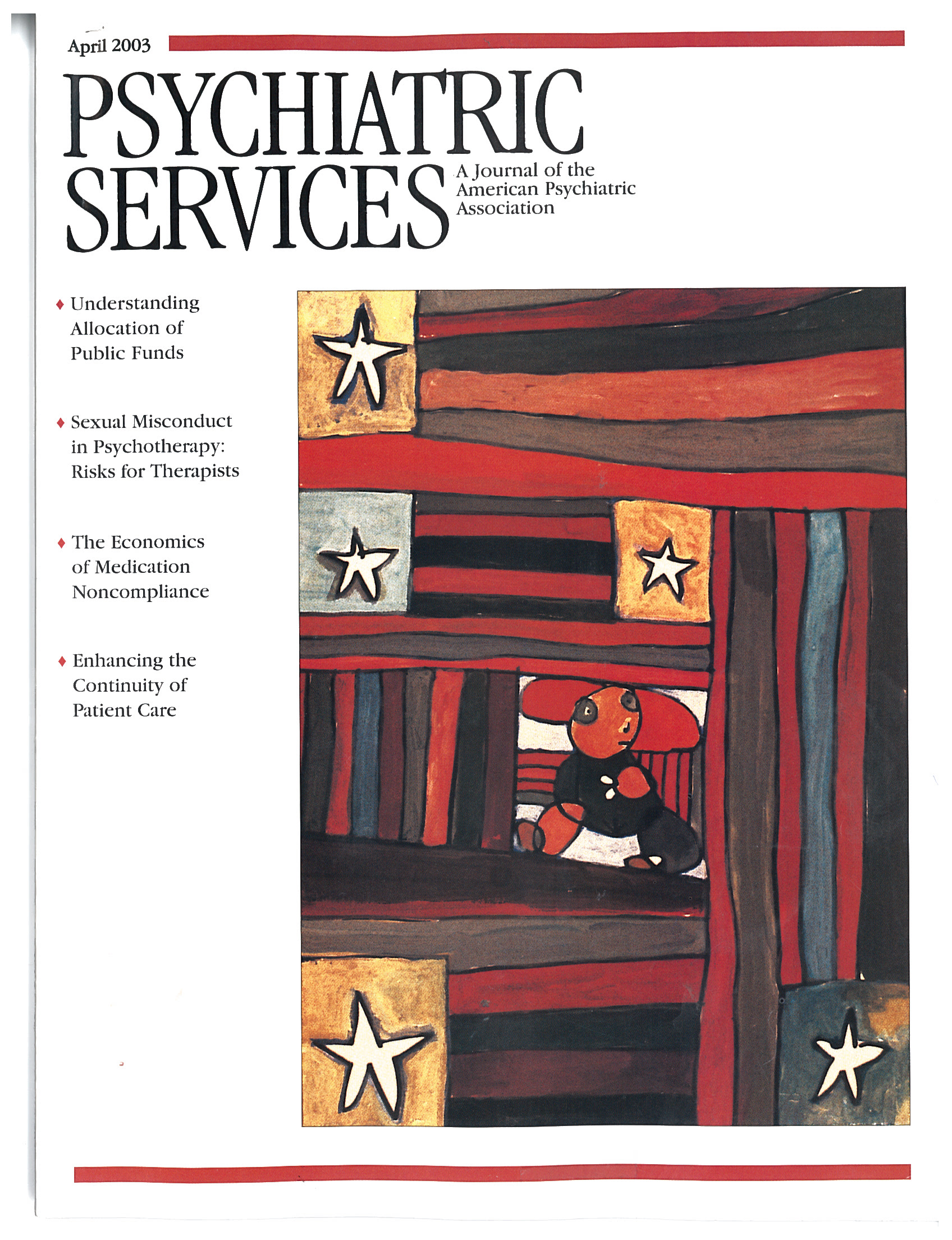The onset of a psychotic disorder is associated with devastating personal, social, and economic consequences. In most cases, there are significant delays before treatment begins. These delays may be associated with poorer outcomes. Early intervention reduces treatment delays and aims to hasten recovery, preserve psychosocial skills, foster and maintain family and social supports, decrease the need for hospitalization, and lower the risk of relapse. An effective early intervention program may reduce the duration and intensity of psychotic states as well as the secondary effects of psychosis, such as social and educational or vocational disruption and substance abuse.
Early psychosis intervention programs are typically based in hospital psychiatry settings, and outreach and community services are added as the program evolves. The South Fraser Health Area of British Columbia, Canada, recently developed an alternative approach using a community-based program supplemented by links to hospital psychiatry. With a population of 590,000 split between urban and rural communities, the early psychosis intervention program uniquely bridges youth and adult community mental health services. The program includes training in early identification of psychosis and case finding as well as a full range of clinical services to persons aged 13 to 30 years experiencing a first episode of any psychotic disorder. Young people at high risk of psychosis are registered in the program and are provided with clinical and monitoring services as appropriate.
The program has two principal components: a central team and a set of community clinicians. The central team has responsibilities for program coordination, education, intake, clinical consultation, research, and program development. The team comprises a clinical director (a psychiatrist who provides clinical and administrative services two days a week), a program manager (a full-time psychologist providing clinical and administrative services), an education coordinator and hospital liaison (a full-time nurse with clinical, educational, and administrative responsibilities who processes direct hospital referrals), an intake clinician (a full-time social worker who conducts screenings and processes all community referrals and also serves as group co-leader), a group therapist (a social worker who serves as half-time group leader), and two part-time consultant psychologists who conduct research, program development, and clinical cognitive assessment.
The specialist clinicians, who provide core case management and treatment services, work at existing youth and adult community mental health services. Each of the four communities that constitute the area has at least one adult clinician and one youth clinician. Similarly, consultant psychiatrists working in conjunction with these service systems were retained. These clinicians received specialized training in early psychosis assessment and treatment methods. The specialist clinicians see all the program's clients, although this activity accounts for only a portion of their ongoing caseload.
Little additional funding was needed to develop the program, because clinicians were already employed in existing mental health agencies. The standardization of intake forms, clinical rating scales, and ongoing evaluation instruments facilitates research and program development.
The program has a single point of entry. Referrals from community agencies, schools, and hospitals and self-referrals are all processed by the intake clinician. A referral from a physician is not required. The intake clinician conducts a telephone intake with a school counselor immediately upon referral. Within 72 hours an interview is conducted at a public facility or in the client's home. The case is then assigned either to the specialty teams for treatment (clients with psychosis) or to the central team for monitoring (high-risk clients). The transition from youth to adult services at the age of 19 years is handled flexibly in the context of the clinical situation and other services the client requires. Central team staff provide specialized treatment modalities, including client and family group intervention.
In conjunction with the program's launch, education about identification of early psychosis and referral information were provided to broad segments of professional and public communities. Booklets, posters, fact sheets, and other educational media supplemented the lectures and workshops. During its first year of operation (2000-2001), the program received 182 referrals, of which 93 were accepted (71 cases of first-episode psychosis and 22 high-risk individuals.) About 25 percent of all referrals came from hospitals, 30 percent from community mental health agencies, 30 percent from families and schools, and the remainder from miscellaneous sources such as primary care providers. The number of referrals from each community has been proportional to population. The goal of early identification may have been assisted by the educational campaigns in the region—58 percent of persons with first-episode psychosis had durations of untreated psychosis of less than three months. Research that is funded both externally and internally is ongoing to help us further improve our approach.

